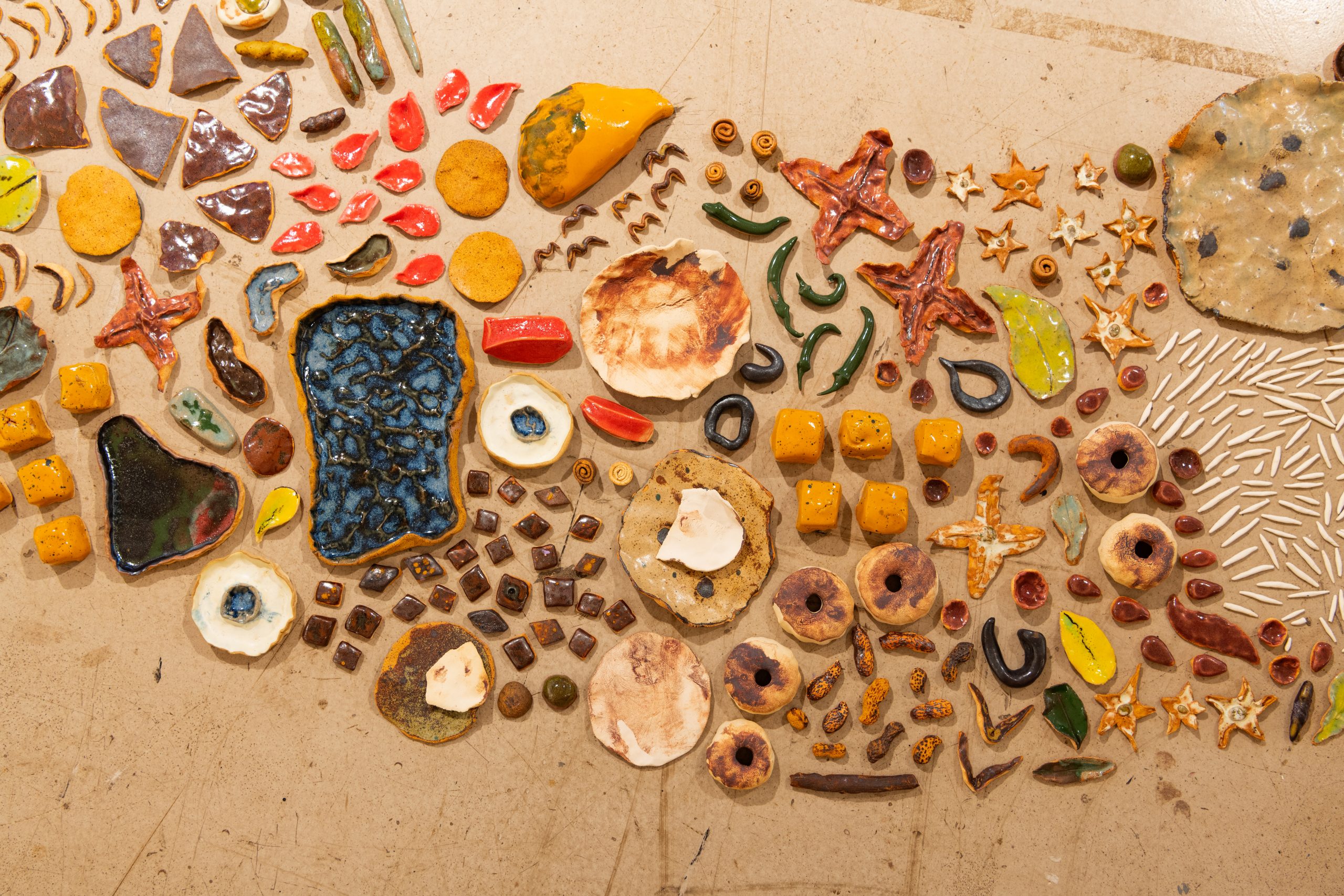Caste and Corporeality
Anusha Kedhar
Dance
UC Riverside
This conference brings together studies of caste, which have historically been the remit of the social sciences, with discourses of the body, which are rooted in the arts and humanities, to think about the body as a site of caste violence and caste reproduction as well as a site of refuge and healing from caste oppression. While the connections between caste and the body are rooted in the origins of the caste system, there has been little scholarly overlap between disciplines that study caste and disciplines that study the body. This conference bridges this gap by featuring scholars from Religious Studies, Anthropology, Ethnic Studies, History, and Dance Studies as well as caste-oppressed performers and activists from the US and India. It seeks to raise awareness about caste and create safe harbor within academia for caste oppressed people by centering caste as a lens in the humanities. In the short term, this conference introduces audiences to the problem of caste from multiple disciplinary points of view. In the long term, it will spark other scholars to consider the intersections of caste and the body in their work and open up new directions in multiple fields.
Image credit: Rajyashri Goody, Picnic, (2022).
Image description: Rajyashri Goody, a scholar and artist from Pune, India, currently based in Amsterdam, the Netherlands, holds a BA in Sociology and an MA in Visual Anthropology. Her artistic practice is informed by her academic background and her Ambedkarite roots. She is interested in creating space and time for thinking through everyday instances of Dalit resistance, and incorporates reading, writing, ceramics, photography, printmaking, and installation in the hope that these mediums enable further conversations about caste and hierarchies.‘Picnic’ is both a text and a visual exploration inspired by Dalit writer Sharankumar Limbale’s experiences of being ostracised and discriminated against as a young school student in the 1960s in Maharashtra. The discrimination took place both inside the classroom as well as outside, on events such as these picnics; permeating a natural landscape, seemingly devoid of human intervention, with deep rooted practices of untouchability.

